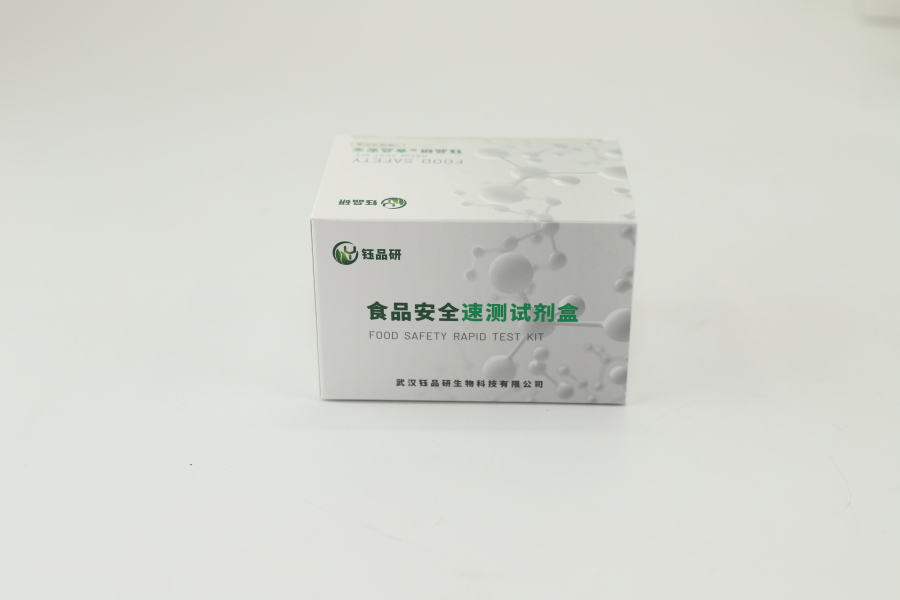Malachite green, an antimicrobial agent that has been widely used in aquaculture, has been listed as a key residual substance in aquatic food by many countries due to its potential carcinogenicity and teratogenicity. In order to quickly and accurately detect malachite green residues in aquatic samples (such as fish, shrimp, crabs, etc.), the malachite green colloidal gold rapid detection card came into being.
In principle, the detection card is based on colloidal gold immunochromatography technology. Its core is to label colloidal gold particles with malachite green monoclonal antibody to form a gold standard antibody. During detection, the treated aquatic samples (such as homogenate, soaking liquid, etc.) are added to the detection card and the sample will move along the nitrocellulose membrane (chromatography membrane). If malachite green antigen is present in the sample, it will compete with the gold standard antibody to bind the malachite green conjugate on the chromatography membrane detection line. When the malachite green concentration in the sample is lower than the threshold, the gold standard antibody will bind to the detection line to form a red band; if the concentration exceeds the threshold, the gold standard antibody is bound by the antigen and cannot bind to the detection line. The detection line does not show color, but the quality control line will always show color to verify the effectiveness of the detection.
As a rapid detection tool, it has remarkable characteristics: first, it is fast, the whole detection process only takes 15-20 minutes, no need to wait for laboratory culture or complex instrument analysis; second, it is easy to operate, no need for professional training, only need to complete the sample according to the instructions Pre-processing (such as simple extraction, centrifugation) and sample addition, you can intuitively interpret the results; third, the cost is low, compared with HPLC, mass spectrometry and other traditional methods, equipment costs and single detection costs are greatly reduced, suitable for large-scale screening; fourth, high accuracy, detection limit can reach 0.1-0 μg/kg, which is well related to the national standard method and can effectively avoid false positives or false negatives.
In the application scenario, the test card is widely used in the source control of aquaculture (self-inspection by farmers), on-site rapid screening by market supervision departments (such as farmers' markets, seafood wholesale markets), raw material acceptance and finished product quality control of food production enterprises, as well as import and export food inspection and quarantine. It can help regulators quickly identify aquatic products that use malachite green in violation of regulations, block safety risks from the source, and provide consumers with more reliable food safety protection.
When using, attention should be paid to the standardization of sample pre-treatment, such as the sample should be fully homogenized, centrifuged supernatant to avoid impurity interference; at the same time, the amount of sample addition and reaction time should be strictly controlled according to the instructions to ensure accurate results. Overall, the malachite green colloidal gold rapid detection card has become an indispensable tool in the aquatic food safety testing system due to its efficient and convenient characteristics.


